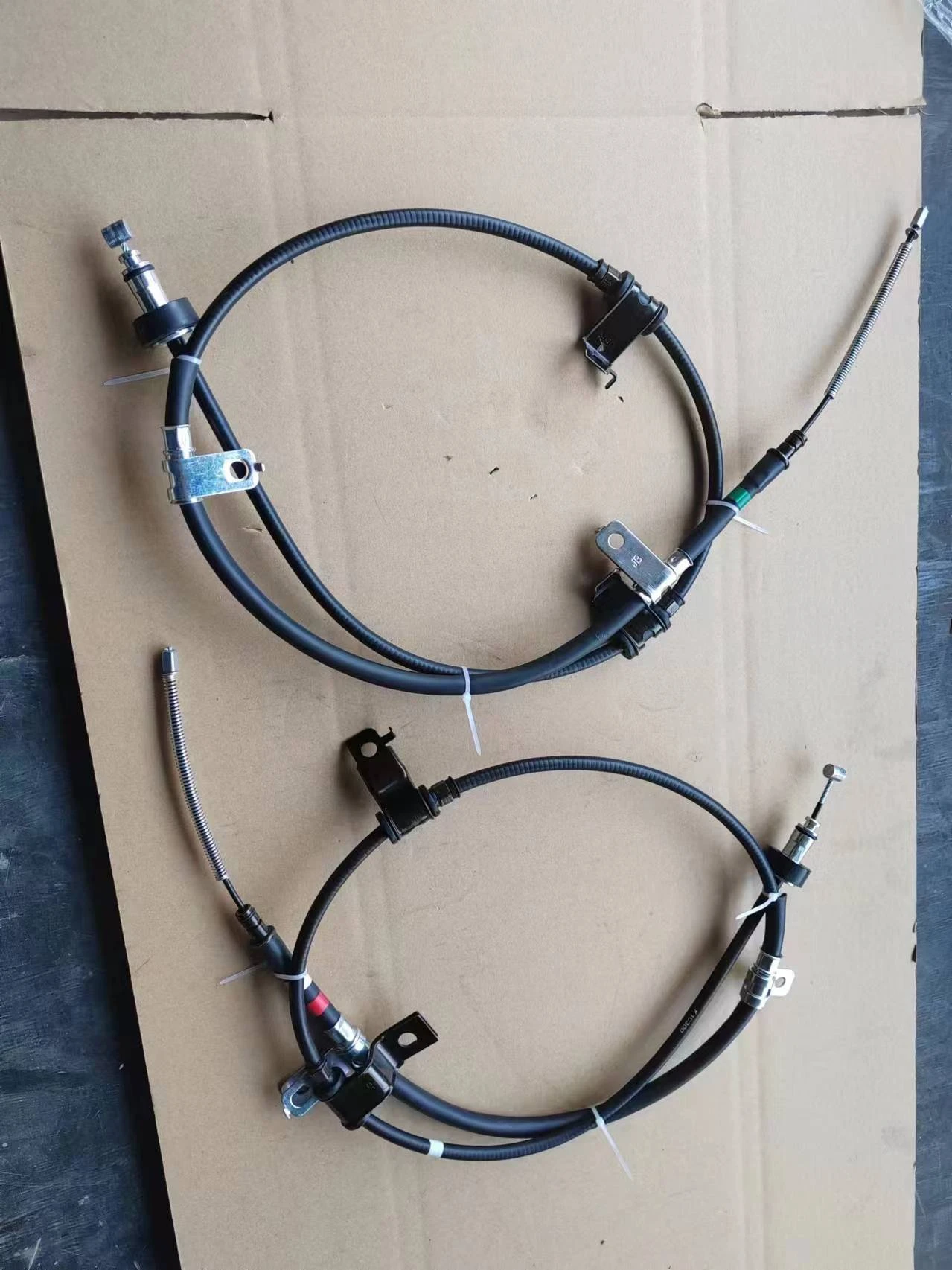throttle and cable
Understanding Throttle and Cable Systems in Automotive Engineering
Throttle and cable systems play a crucial role in the operation of vehicles, particularly in traditional vehicles where internal combustion engines dominate. These systems are responsible for regulating the air and fuel mixture entering the engine, which directly affects power output and vehicle performance. In this article, we will delve into the mechanics of throttle systems, the function of cables, and the evolution towards modern electronic throttle control.
The Basics of Throttle Control
At its core, the throttle is a valve that controls the airflow entering the engine. When the driver accelerates by pressing the gas pedal, the throttle valve opens to allow more air into the engine, facilitating a greater intake of fuel as well. This mixture combusts within the engine's cylinders, generating power that propels the vehicle forward. The efficiency and responsiveness of this process are paramount to performance, making throttle systems integral to automotive engineering.
Mechanical Throttle Systems
Traditionally, throttle systems were mechanical in nature, relying on a direct physical connection between the gas pedal and the throttle valve. This connection was typically established through a throttle cable—a sturdy wire or cord that moved in response to the pedal's position. When the driver pressed down, the cable pulled the throttle open, allowing more air (and fuel) into the engine, thereby increasing acceleration.
The simplicity of mechanical throttle systems made them easy to service and repair. However, they had limitations in terms of precision and responsiveness. Variations in cable tension, wear over time, and other mechanical issues could lead to inconsistent throttle response, which is a critical factor for high-performance vehicles.
The Role of Throttle Cables
Throttle cables serve as the vital link in mechanical throttle systems. They need to be durable enough to withstand the stresses of daily use while providing smooth, reliable performance. Over time, however, throttle cables can stretch, fray, or become sticky, resulting in sluggish throttle response. Regular maintenance and occasional replacement of these cables are essential to ensure optimal vehicle performance.
throttle and cable

One common issue with throttle cables is slack, which can occur when a cable becomes worn. This slack can result in a delayed response when the driver presses the accelerator, potentially creating safety hazards. Additionally, any binding in the cable can lead to erratic throttle behavior, making it imperative for vehicle owners to monitor the condition of their throttle cables.
The Shift to Electronic Throttle Control
In recent years, many manufacturers have transitioned to electronic throttle control (ETC) systems, sometimes referred to as drive-by-wire. Instead of a mechanical cable, these systems use electronic signals to control the throttle valve. When a driver presses the gas pedal, sensors detect the position and send electronic signals to a computer, which then adjusts the throttle position accordingly.
ETC systems come with several advantages over traditional mechanical systems. They provide improved precision, allowing for better fuel efficiency and emissions control. Furthermore, these systems are capable of integrating with other vehicle systems, such as traction control and stability control, providing a more comprehensive approach to vehicle dynamics and safety.
Advantages of Electronic Throttle Control
One of the primary benefits of electronic throttle systems is their ability to optimize engine performance based on various conditions. For example, the system can adjust throttle response during different driving scenarios, such as off-road conditions or slippery surfaces, enhancing vehicle safety.
Additionally, electronic throttle control allows for advanced features such as adaptive cruise control, where the system adjusts the speed of the vehicle based on the distance to the car ahead. This not only enhances comfort and convenience but also contributes to greater fuel efficiency and reduced emissions.
Conclusion
Throttle and cable systems have been fundamental in automotive design and performance. While traditional mechanical systems have served their purpose well, the shift toward electronic throttle control represents a significant advancement in engineering. By providing better performance, efficiency, and safety, electronic systems are shaping the future of vehicle dynamics. Understanding these systems helps enthusiasts appreciate the intricate mechanics behind what makes our vehicles responsive and powerful on the road.
-
Workings of Clutch Pipe and Hose SystemsNewsJun.04,2025
-
The Inner Workings of Hand Brake Cable SystemsNewsJun.04,2025
-
The Secrets of Throttle and Accelerator CablesNewsJun.04,2025
-
The Hidden Lifeline of Your Transmission Gear Shift CablesNewsJun.04,2025
-
Demystifying Gear Cables and Shift LinkagesNewsJun.04,2025
-
Decoding Clutch Line Systems A Comprehensive GuideNewsJun.04,2025
